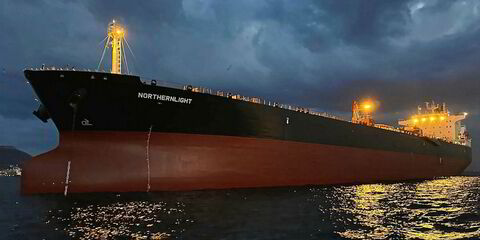Danish tanker and bunker group Monjasa has revealed figures showing the scale of the switch to compliant fuels since the IMO 2020 deadline on 1 January.
Compiling its sales for the first quarter, it said it supplied 821,000 tonnes of high-sulphur fuel oil (HSFO) in the same period a year ago, but this dropped to 147,000 tonnes in the first three months of this year.
Marine gasoil (MGO) went from 257,000 tonnes to 323,000 tonnes, while LSFO sales rocketed from just 2,700 tonnes to 762,000 tonnes.
There was a 14% rise in overall volumes to more than 1.2m tonnes.
As for enquiries in 2019, there was an almost even split between HSFO and MGO, with a tiny amount of LSFO as well.
Now HSFO is down 90% to a fraction of the total and MGO up 5% to more than 50%, while LSFO now makes up more than 40% of enquiries.
Narrowing spreads
Prices closed the quarter at around $300 per tonne for LSFO and MGO in Singapore, Monjasa said.
MGO started $100 below LSFO in January, before becoming slightly more expensive in mid-February.
The company told TradeWinds that MGO being below LSFO was "highly surprising".
Both compliant fuels have seen a $300/$400 spread to the cheaper HSFO narrow to below $100 now.
"To ensure a level playing field, Monjasa requests a Fonar [Fuel Oil Non-Availability Report] or documentation of scrubber installation to supply HSFO as of 1 January 2020," it said.
Belgian tanker owner Euronav said last week it was facing a financial hit on its stockpile of LSFO and MGO stored on a ULCC off Malaysia.
The company said the unused IMO 2020-compliant bunkers will be subject to a market valuation at the end of the first quarter and will lead to a write-down.
The company had acquired 420,000 tonnes of LSFO and MGO for storage on its 441,561-dwt ULCC Oceania (built 2003) in 2019.
The 295,000 tonnes of LSFO were acquired at $448 per tonne, only $47 above the price for heavy fuel oil, while the MGO was bought at $592.




